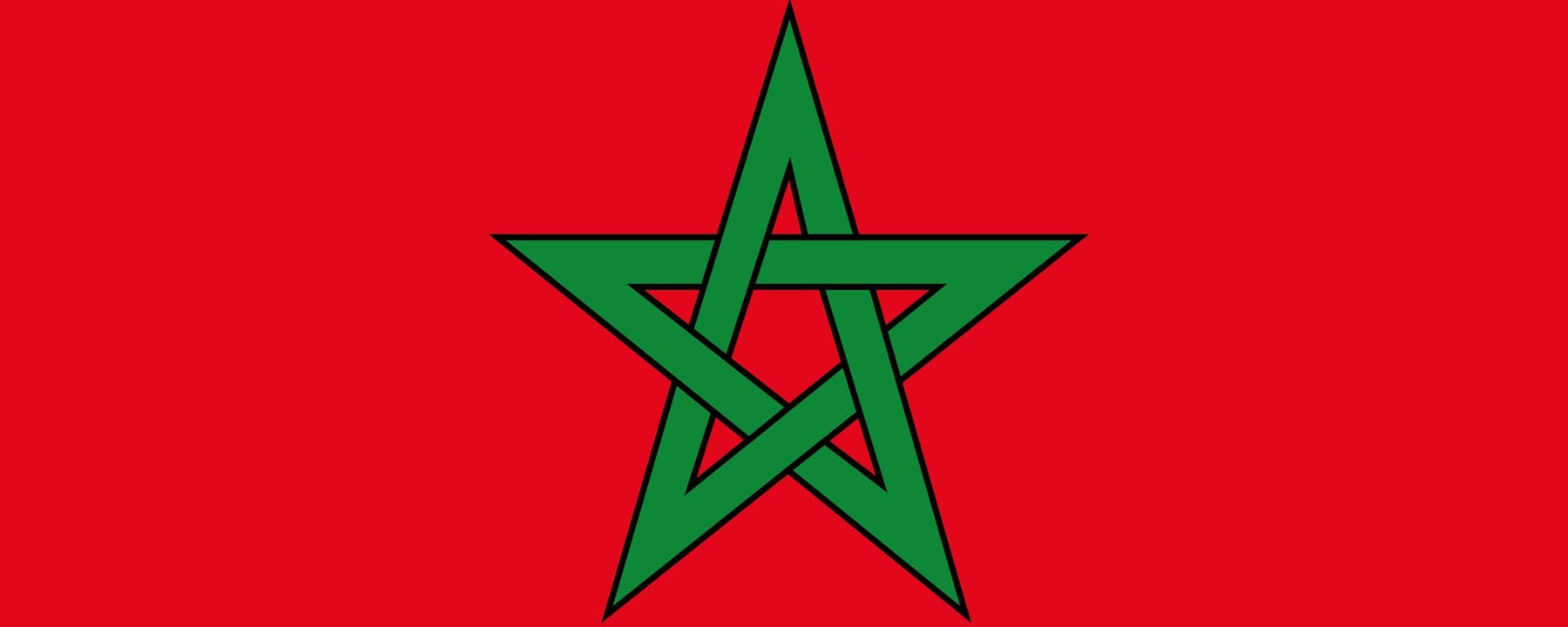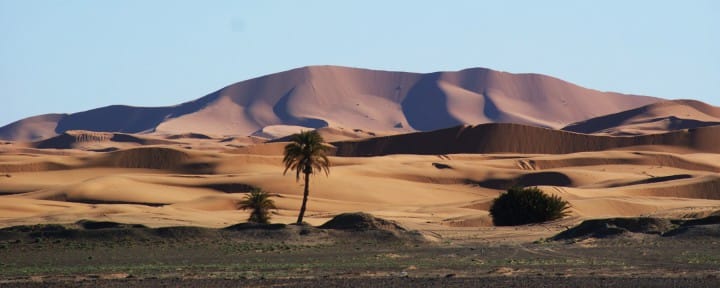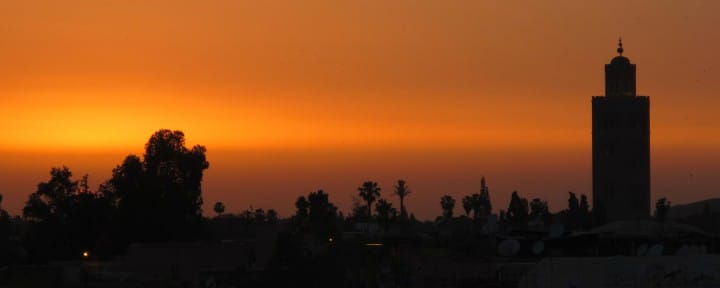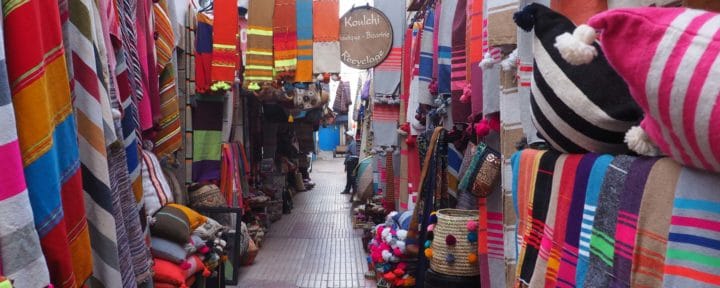Morocco – A quick overview

From the beaches to the snow-covered mountains of the Atlas, from its famous and vibrant cities to the vastness of its desert, Morocco offers the traveler a wealth of beautiful experiences and natural variety beyond expectation. Add to that the mythical and spiritual beauty of the country, the famous hospitality of the Moroccan people and you understand, why this is the ideal place to discover Africa and why we are calling our packages “Morocco Experiences”.
The Kingdom of Morocco truly is the perfect holiday location. Located in Northern Africa, just across the sea from Spain, it lies between the Atlantic Ocean and the Mediterranean Sea. At roughly 450,000 km², Morocco’s size is between Spain’s and Germany’s. The country has a population of 33 million, living by and large in coastal regions. Most Moroccans are of Berber or Arabic descent and Berber culture still plays an important part in Moroccan everyday life. Berber music, cuisine, and folklore can be found all over the country, though the most authentic experience of Berber culture can be encountered in the towns and villages of the south, where traditional tribal life still dominates. When invited into a Berber home, expect to be greeted with sweets, pastries, and green tea (“atai”).
Morocco’s most famous tourist destinations are it’s ancient cities – most prominent among them the four Royal Cities of Marrakech, Fez, Meknes and Rabat, as well as Casablanca, the great port on the Atlantic, not just of Hollywood fame. Fez is a medieval gem, it’s Medina (old town) largely unchanged for centuries. Meknes was the capital of a 17th century Sultan who wanted to create a city to rival his contemporary, Louis XIV of France. The current capital, Rabat, is famous for its battlements and floral beauty. The thousand year old city of Marrakech, however, is considered a symbol of Morocco, it’s history and diversity. It offers a wealth of historical landmarks, museums, festivals, and entertainment that is unmatched in North Africa.
Remnants of Phoenician, Carthaginian, Greek, and Roman cultures can be visited all over Morocco, particularly on or near the Mediterranean coast. Majestic ruins, more than 2,000 years old, the best and most famous are Volubilis and Lixus (each within two hours of the capital, Rabat). The Islamic conquest of Northern Africa converted the Berbers to Islam and what is the modern day country became part of a Caliphate. Islam remains Morocco’s largest religion today, with around 1% of the population made up of Christians and Jews. When the Spanish Reconquista drove the Muslims out, many Muslims and Jews from Spain found refuge in Morocco, further adding to the diversity and tolerance of the people. Periods of French and Spanish colonial rule in the 19th and early 20th century supplied Morocco with further European influences, as a result for example, French is still widely understood and spoken.
Today the country is a melting pot of Arab, Berber, African, and European cultures and a stable constitutional monarchy.


 Average 4.75 (4 ratings)
Average 4.75 (4 ratings)

